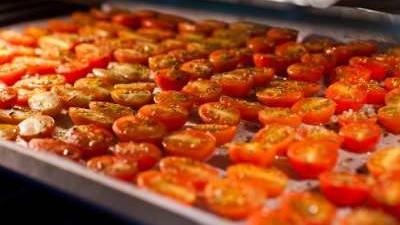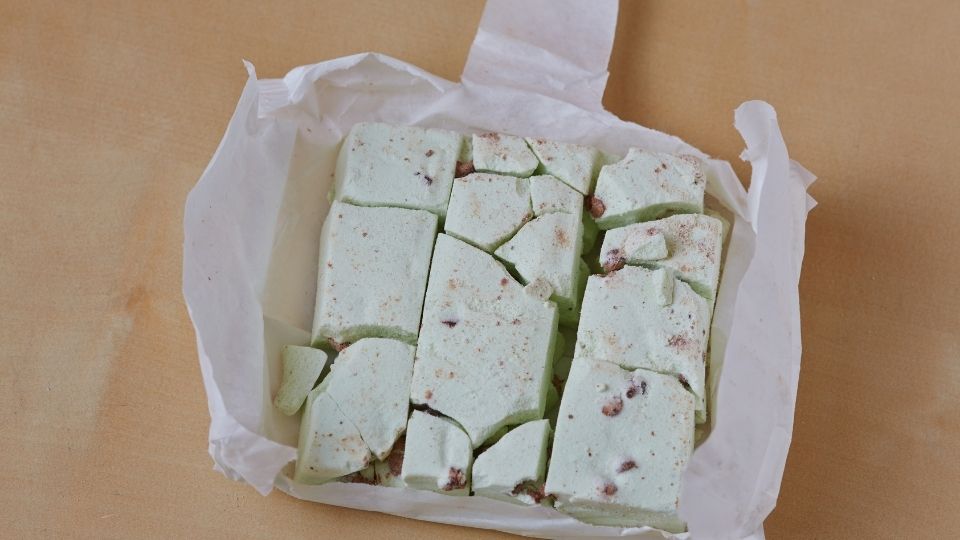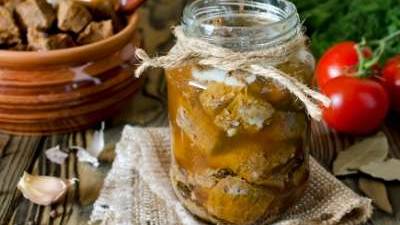Home Drying Foods

There are three methods commonly used for home drying. Sun drying, oven drying, and cabinet-type dryers with controlled heat and air circulation (referred to in this bulletin as dehydrators). Whatever the method used, the prepared food should be place carefully on trays so that air can circulate around the product and between the trays.
Sun Drying
Sun drying is the evaporation of water from products by sun or solar heat, assisted by movement of surrounding air. To be successful, it demands a rainless season of bright sunshine and temperatures above 98° F coinciding with the period of product maturity. Sun drying requires considerable care. Products must be protected from insects and must be sheltered during the night. This method is relatively slow, because the sun does not cause rapid evaporation of moisture. Reduced drying times may be achieved by using a solar dryer. Plans are available from your county Extension office.
To Sun Dry Fruit
After fruit has been treated, place on trays one layer deep. Air circulation below as well as above fruit will speed up drying time.
- Place in direct sun, turn occasionally. A light covering of cheesecloth or screen suspended above the food will keep it from insects. Place table legs in cans of water to prevent insects from crawling up into the food.
- Several days in direct sun are sufficient to make fruit about two-thirds dry. At this stage, stack the trays in the shade where there is good air circulation and continue drying until leathery.
To Sun Dry Vegetables
Submit vegetables to recommended treatment. Spread in thin layer on trays.
- Place in the direct sun, turn occasionally.
- Expose the trays to the sun, but only for one or two days. Direct sun on vegetables can cause sunburn or scorching. Drying can be completed in the shade.
Vine Dried Vegetables
Beans and peas that are allowed to dry on the vine need to undergo a pasteurization process for insect control. Freeze 48 hours, or spread the dried product one layer thick and heat in a 150° F oven for 30 minutes
To Sun Dry Jerky
Sun drying of meat as rapidly as necessary to avoid food poisoning can be difficult. The use of a dehydrator or oven is recommended instead.
- Only sun dry meats that have been treated with curing salts containing nitrates and/or nitrites.
- Cover meat with suspended cheesecloth or mesh to keep off flies.
Air Drying
Air drying is an alternative to sun drying for such products as herbs and chili peppers. The material is tied into bunches or strung on a string and suspended out of the sun until dry. This can be in a shady porch, shed or corner of the kitchen. Enclosing produce in a paper bag protects it from dust and other pollutants. Some herbs can be dried simply by spreading on a dish towel or tray and leaving on the counter for 2 or 3 days.
Dehydrators
Dehydrators with thermostatic controlled heat and forced air circulation are available from a number of commercial sources. They can also be constructed from a variety of materials available to the home carpenter. Dehydrators require: 1) an enclosed cabinet, 2) a controlled source of heat, and 3) forced air to carry away the moisture. Venting to allow intake and exhaust of air is necessary.
To know exactly which dehydrater to buy check out this article Buying a Home Dehydrator, Best Dryers & What to Know First
Selection of a commercial dehydrator
Price is not a foolproof method of measuring the quality of a commercial dehydrator. In addition to reading sales promotion information on dehydrators, you can do some relatively simple testing yourself. Take matches and a thermometer with you to the store. The thermometer should measure temperatures from 130-180° F. Place the thermometer on one of the shelves inside a working dehydrator. Desirable dryer temperatures are 140 to 160° F. Controls to adjust temperature should be accurate. Uniformity of temperature inside the dehydrator is important if you wish to avoid having to rotate shelves during the drying procedure. Temperature uniformity can be measured by checking the temperature front and back, top and bottom of the dehydrator.
The air flow through the dehydrator is also important. Designs of dehydrators vary but all will have an air intake and exhaust. The intake for air is frequently on the bottom or back and the exhaust on the top or front of the dehydrator. With the dehydrator turned on, light a match or a candle and holding it in the outflow of air slowly move it toward the dehydrator. The air flow should blow it out at 2-4 feet from the exit port.
Oven Drying
Oven drying is harder to control than drying with a dehydrator; however some products can be quite successfully dried in the oven. It typically takes two to three times longer to dry food in an oven. Thus, the oven is not as efficient and uses more energy.
Use of oven for drying
Set the oven at the lowest setting, preferably around 150° F and leave the door open 2 to 3 inches (block open if necessary). A small fan positioned to the side of the oven door 5 blowing inward will help remove moist air.
CAUTION: This can be hazardous in a home with small children. Convection ovens already have a built-in fan system.
Authors
Charlotte P. Brennand
Related Research






